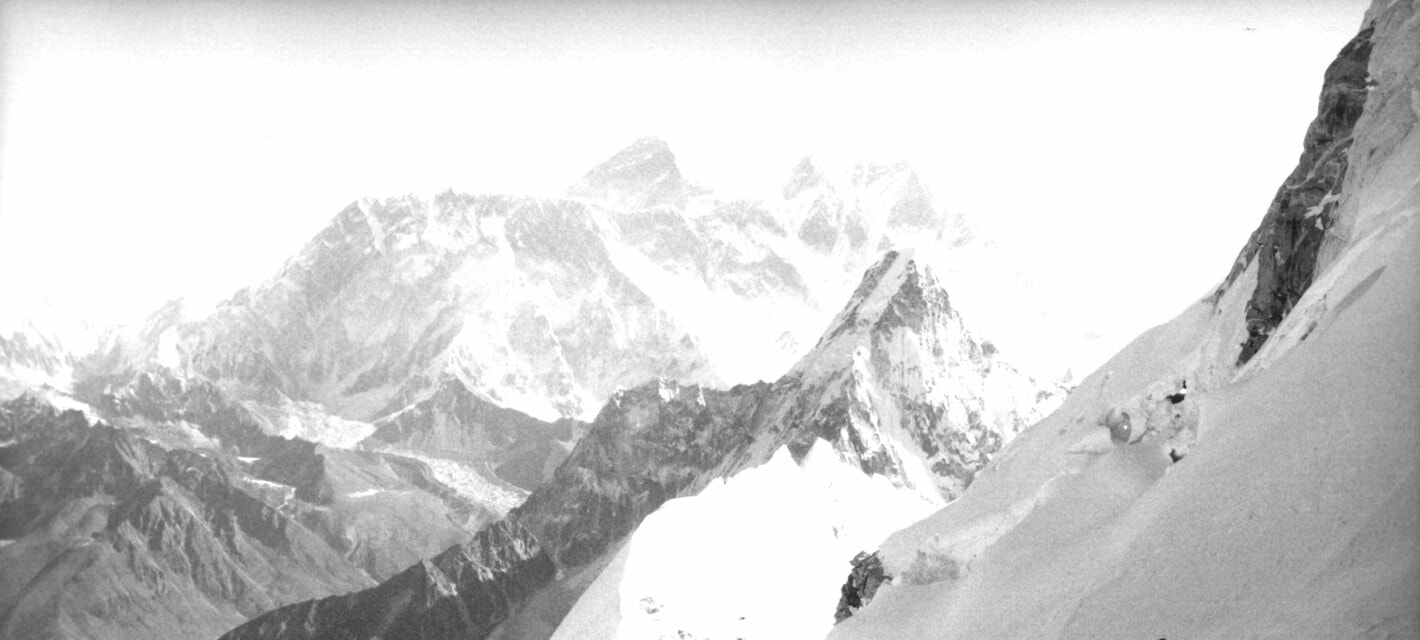As humans, we are curious creatures who would go to lengths to find life’s many secrets. So it was natural that as soon as we had the right equipment, we went exploring the world, going to remote places that no one had ever gone to before, and learning more about our planet. These brave men and women left a legacy that is studied till this day. They also left us with amazing pictures of their adventures. So we present to you some of the most exciting and awe-inspiring images that our ancestors left us of places that some of us will never get to see. So sit tight and let us take you on a journey to the past with inspiring photos of history’s explorers.

70. A Traveling Writer of the 1800s
Born in 1831, Isabella Bird not only became an author but spent the majority of her life traveling the world. From her birthplace in the United Kingdom to the Colorado mountains in the United States, Isabella traveled and wrote about her journeys in several of her books, including “Aspects of Religion in the United States,” “A Lady’s Life in the Rocky Mountains,” and “Unbeaten Tracks in Japan: An Account of Travels on Horseback in the Interior.” Isabella became the first woman elected to the Royal Geographical Society in 1892. Today, Isabella is known as one of the foremost travelers in history.

